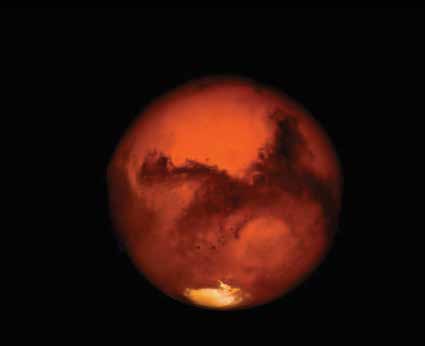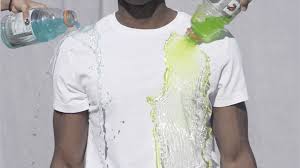
Despite its reputation as a forebodingly dusty, desolate and lifeless place, Mars seems to be a little bit wet even today.
Scientists reported definitive signs of liquid water on the surface of present-day Mars, a finding that will fuel speculation that life, if it ever arose there, could persist to now.
“This, I think, gives a focus of where we should look more closely,” said Alfred S McEwen, a professor of planetary geology at the University of Arizona and the principal investigator of images from a high-resolution camera on Nasa‘s Mars Reconnaissance Orbiter.
In a paper published in the journal Nature Geoscience, McEwen and other scientists identified waterlogged molecules — salts of a type known as perchlorates — in readings from orbit.
“That’s a direct detection of water in the form of hydration of salts,” McEwen said. “There pretty much has to have been liquid water recently present to produce the hydrated salt.”
By “recently,” McEwen said he meant “days, something of that order.”
Although young Mars was inundated by rivers, lakes and maybe even an ocean a few billion years ago, the modern moisture is modest. Scientists have long known that large amounts of water remain — but frozen solid in the polar ice caps. There have been fleeting hints of recent liquid water, like fresh-looking gullies, but none have proved convincing.
In 2011, McEwen and colleagues discovered in photographs from the Mars Reconnaissance Orbiter dark streaks descending along slopes of craters, canyons and mountains. The streaks lengthened during summer, faded as temperatures cooled, then reappeared the next year.
They named the streaks recurrent slope linae, or RSLs, and many thousands of them have now been spotted. “It’s really surprisingly extensive,” McEwen said.
Scientists suspected that water played a critical role in the phenomenon, perhaps similar to the way concrete darkens when wet, with no change in the shape of the surface, and returns to its original color when dry.




Be the first to comment